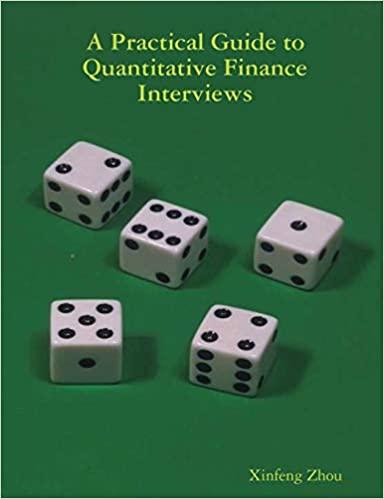Question
1. Which statement is true concerning the one-year after-tax return on the following stocks, assuming a 40% tax rate on dividends and a 20% tax
1. Which statement is true concerning the one-year after-tax return on the following stocks, assuming a 40% tax rate on dividends and a 20% tax rate on capital gains: Stock A is purchased for $50,offers a 5% dividend yield, and is sold for $56; stock B is purchased for $60, offers no dividend yield, but is sold after one year for $70.
A. Stock A's after-tax return is higher by 1.27%.
B. Stock B's after-tax return is higher by .73%.
C. Stock A's after-tax return is higher by .27%.
D. Stock B's after-tax return is higher by .58%.
2. Based on the dividend growth model, the price of a stock will remain constant if the dividend is cut, provided that the:
A. required return on the stock is proportionately increased.
B. growth rate in dividends remains constant.
C. reduction is offset by an increase in the growth rate.
D. growth rate is decreased by the percent decrease in the dividend.
3. Which one of these statements is correct?
A. Dividends tend to fluctuate in direct relation to changes in annual earnings.
B. Managers are less concerned with the change in the dividend than with the actual amount of
the dividend.
C. Managers tend to avoid smooth dividends as they don't signal the firm's most recent successes.
D. Managers tend to only increase dividends when they believe the increased amount can be
sustained.
Step by Step Solution
There are 3 Steps involved in it
Step: 1

Get Instant Access to Expert-Tailored Solutions
See step-by-step solutions with expert insights and AI powered tools for academic success
Step: 2

Step: 3

Ace Your Homework with AI
Get the answers you need in no time with our AI-driven, step-by-step assistance
Get Started


